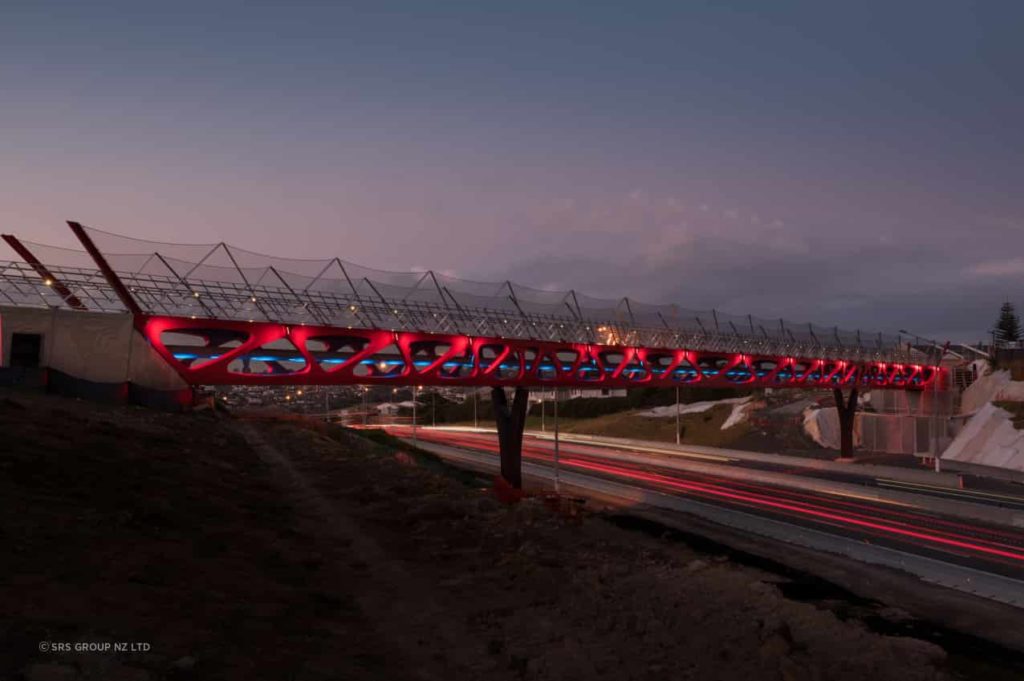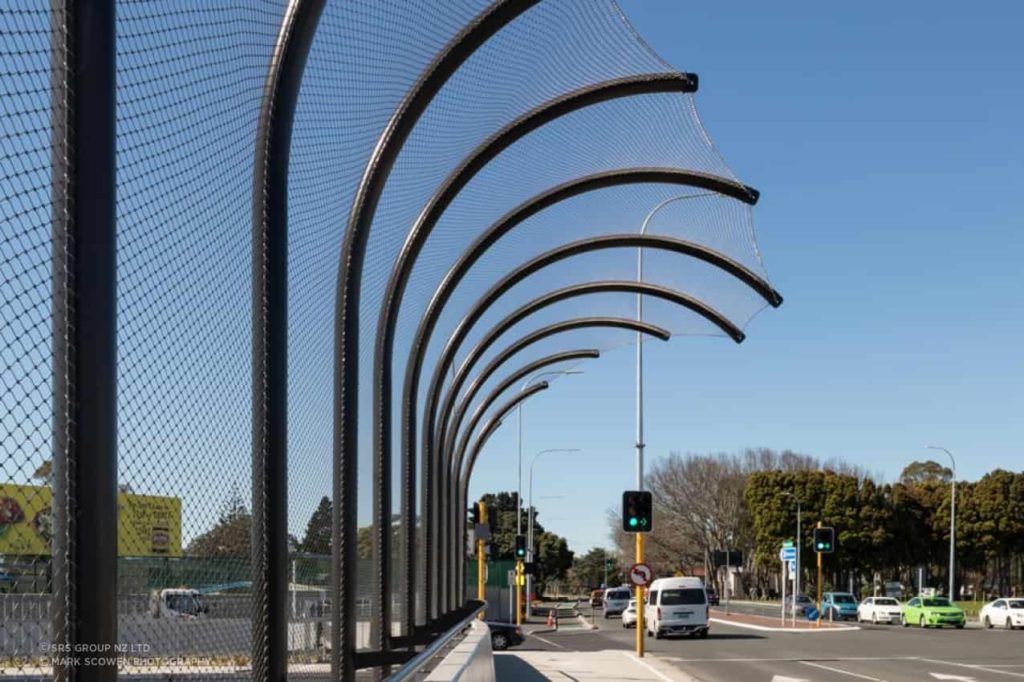The future of bridge design and civil engineering

Bridge design and civil engineering have come a long way since the days of stone arches and wooden beams. Today, advances in technology and materials are transforming the way we design and build bridges, highways, and other infrastructure. In this blog post, we will explore some of the emerging trends and technologies in bridge design and civil engineering, including smart materials, robotics, and artificial intelligence, and discuss their potential impact on the industry.
Smart Materials
Smart materials are a class of materials that can change their properties in response to external stimuli such as temperature, pressure, or electricity. These materials have the potential to revolutionize bridge design by allowing for more adaptive and responsive structures. For example, self-healing concrete can repair small cracks before they become larger issues, while shape memory alloys can change their shape in response to stress.
Smart materials can also be used to monitor the health of bridges in real time. Sensors embedded in concrete or other materials can detect changes in stress, temperature, or other factors, alerting engineers to potential problems before they become critical. This can help extend the lifespan of bridges and reduce maintenance costs.
Robotics
Robotic technology has the potential to transform the construction industry, including bridge design and civil engineering. Robotic systems can be used for tasks such as inspection, maintenance, and construction. For example, drones equipped with cameras and sensors can fly over bridges to inspect for damage or wear, while robotic arms can perform maintenance tasks in hard-to-reach areas.
Robotic technology can also be used for construction tasks such as bridge building. Robotic systems can be programmed to build bridges more efficiently and accurately than human workers, reducing construction time and costs. However, there are also concerns about the potential impact on jobs in the construction industry.
Artificial Intelligence
Artificial intelligence (AI) is another emerging technology with the potential to transform bridge design and civil engineering. AI can be used for tasks such as design optimization, predictive maintenance, and risk analysis. For example, AI algorithms can analyse data on bridge usage, weather patterns, and other factors to predict when maintenance is needed, reducing the risk of structural failure.
AI can also be used to optimise the design of bridges, taking into account factors such as load capacity, materials, and cost. This can help engineers design bridges that are more efficient, sustainable, and cost-effective.
Challenges and Considerations
While these emerging technologies have the potential to transform bridge design and civil engineering, there are also challenges and considerations that must be taken into account. One of the main challenges is the need for specialized expertise and training. Engineers and construction workers must be trained in the use of these technologies, which may require additional education and training.
Another challenge is the cost. Many of these technologies are still in the early stages of development and may be expensive to implement. However, over time, the cost may decrease as the technology becomes more widely adopted.
Finally, there are also ethical considerations. For example, the use of robotics in construction may lead to job displacement for human workers. It is important to consider the social and ethical implications of these technologies and to ensure that they are used in a responsible and sustainable way.
SRS and our role in bridge design and civil engineering
In 2020, SRS Group was hand-picked to join an exclusive and expert panel of design consultants for Auckland System Management (ASM). We work with Waka Kotahi (NZTA) and Panuku Development Auckland, offering our design expertise in the production of bridges across regional transportation systems. Our tensile mesh panel installations have been used on iconic bridges and transport network systems across the wider Auckland region, providing striking yet functional anti-throw and fall protection safety measures.
The role of anti-throw and fall protection mesh in bridge design

Anti-throw and fall protection mesh are important components of bridge design that play a critical role in ensuring the safety of pedestrians and vehicles using the bridge. These meshes are typically made of durable, high-strength materials such as stainless steel, galvanized steel, or polypropylene and are designed to withstand harsh environmental conditions, including wind, rain, and extreme temperatures.
The primary role of anti-throw mesh in bridge design is to prevent objects from being thrown or dropped from the bridge onto the roadway below. This can include anything from small rocks or debris to larger objects such as tools or building materials. In addition to protecting passing vehicles from damage, anti-throw mesh also helps to prevent accidents and injuries to pedestrians and workers on the ground below.
Fall protection mesh, on the other hand, is designed to prevent falls from the bridge itself. This can include falls by workers during construction or maintenance activities, as well as falls by pedestrians or cyclists using the bridge. Fall protection mesh is typically installed on the sides of the bridge or in areas where there is a risk of falling, such as on elevated walkways or bridges over water.
In addition to their primary roles in preventing accidents and injuries, anti-throw and fall protection mesh also play a role in the aesthetics of bridge design. Modern anti-throw and fall protection mesh is available in a variety of colours and finishes, allowing it to blend seamlessly with the surrounding architecture and landscape. This not only improves the visual appeal of the bridge but can also help to promote a positive image for the surrounding community.
When designing a bridge, it is important to consider the potential risks of falling objects and falls from the bridge itself. Anti-throw and fall protection mesh can be a critical component of ensuring the safety of both pedestrians and vehicles using the bridge. By incorporating high-quality, durable mesh into bridge design, engineers can help to prevent accidents and injuries while improving the overall aesthetics of the structure.
Conclusion
In conclusion, emerging trends and technologies in bridge design and civil engineering, such as smart materials, robotics, and artificial intelligence, have the potential to transform the industry. These technologies offer the potential for more efficient, sustainable, and cost-effective bridge design and construction, as well as improved maintenance and safety.
However, there are also challenges and considerations that must be taken into account, including the need for specialised expertise, cost, and ethical implications. As these technologies continue to evolve, it is important to consider their potential impact on the industry and to ensure that they are used in a responsible and sustainable way.
